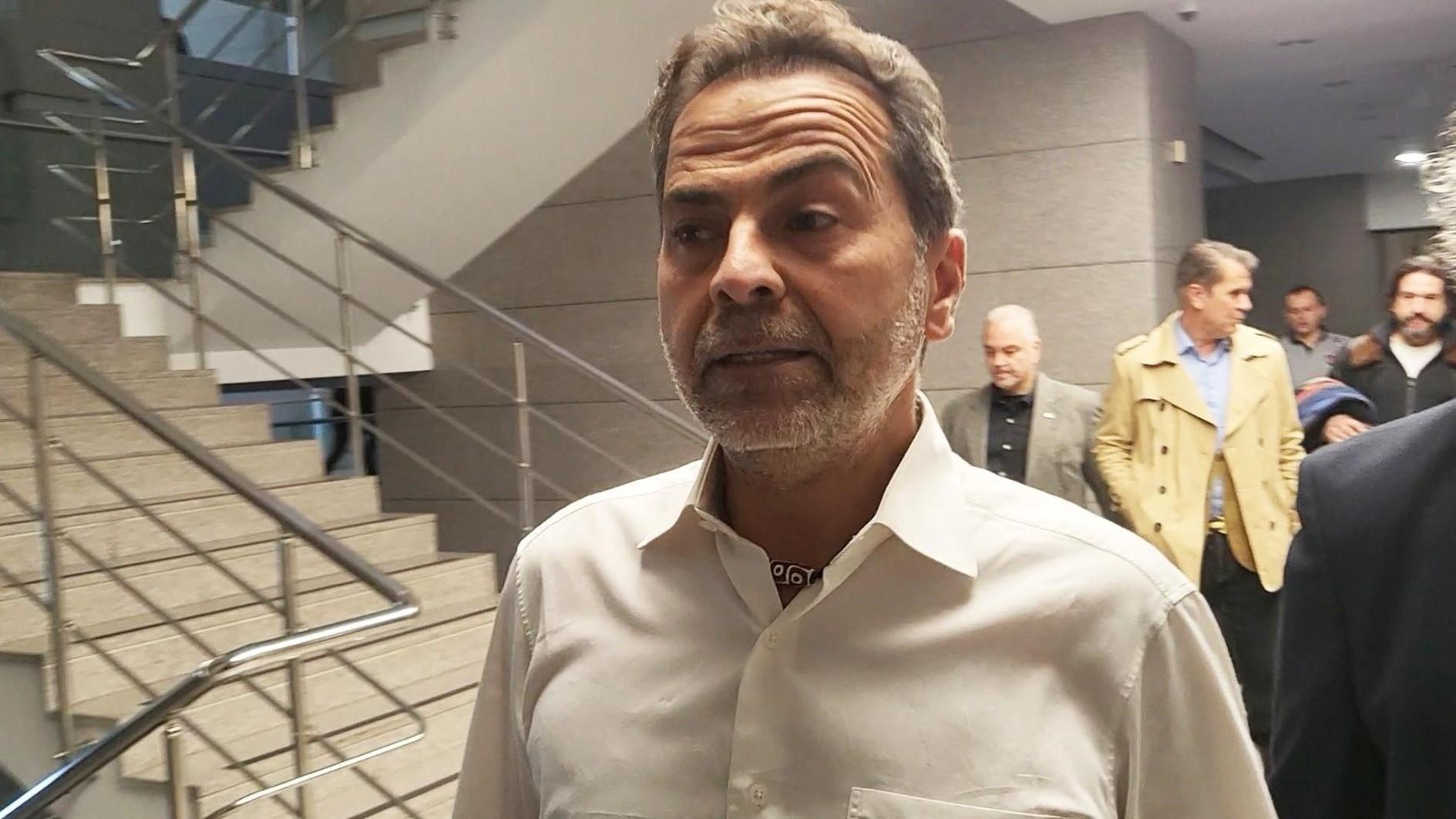Credit risk falls on ’stress test’ results
Bloomberg
The cost of protecting corporate bonds from default fell to the lowest since the collapse of Lehman Brothers Holdings on speculation banks will resume lending after withstanding Federal Reserve stress tests."The key to a sustainable recovery is to restore confidence in the banking sector," said Gary Jenkins, head of credit research at Evolution Securities in London. "If the ultimate result of the stress tests is they manage to do this, then they’ll have been a success."
Credit markets froze when Lehman declared bankruptcy in September as banks hoarded cash to guard against losses on toxic debt assets. Treasury Secretary Timothy Geithner said tests designed to gauge bank capital will provide a "reassuring" picture.
Credit-default swaps on the key Markit iTraxx Europe index of 125 firms with investment-grade ratings fell 8.5 basis points to 122, the lowest since Oct. 1 and below the closing level the day Lehman filed for bankruptcy, according to JPMorgan Chase prices at 9:45 a.m. in London yesterday. The CDX North America Investment-Grade Index closed at the lowest since Sept. 8 on Wednesday, CMA DataVision prices show.
Libor stabilizing
The thaw in credit markets drove the rate at which banks lend to each other to record lows Wednesday with the London interbank offered rate for three-month loans in dollars dropping below 1 percent for the first time to 0.97 percent. Libor reached an all-time high of 5.73 percent on Sept. 7.
The Libor-OIS spread, which increases as banks become reluctant to lend, was at 77 basis points, the lowest since Aug. 14. The difference between what banks and the Treasury pay to borrow for three months, the so-called TED spread, narrowed to 79 basis points, the least since June 12. It widened to 464 basis points on Oct. 10.
"The credit markets are very strong," said Andrea Cicione, a strategist at BNP Paribas. "But we’re not out of the woods, the economy is still slowing and bank writedowns will keep mounting." Investor confidence also improved after U.S. firms eliminated less jobs than analysts forecast. Employers cut 491,000 jobs in April, ADP Employer Services said Wednesday.
The jobs data tally suggests the pace of layoffs is slowing, according to Brayan Lai, an analyst for Calyon. Australian employers added workers in April and the jobless rate dropped, the statistics bureau said yesterday, pushing the Australian dollar higher.
"Investor-friendly initial results from the stress tests and a better-than-expected ADP employment report sustained the recovery of risk appetite," Tim Condon, ING Groep’s Asia chief economist, said yesterday.
















